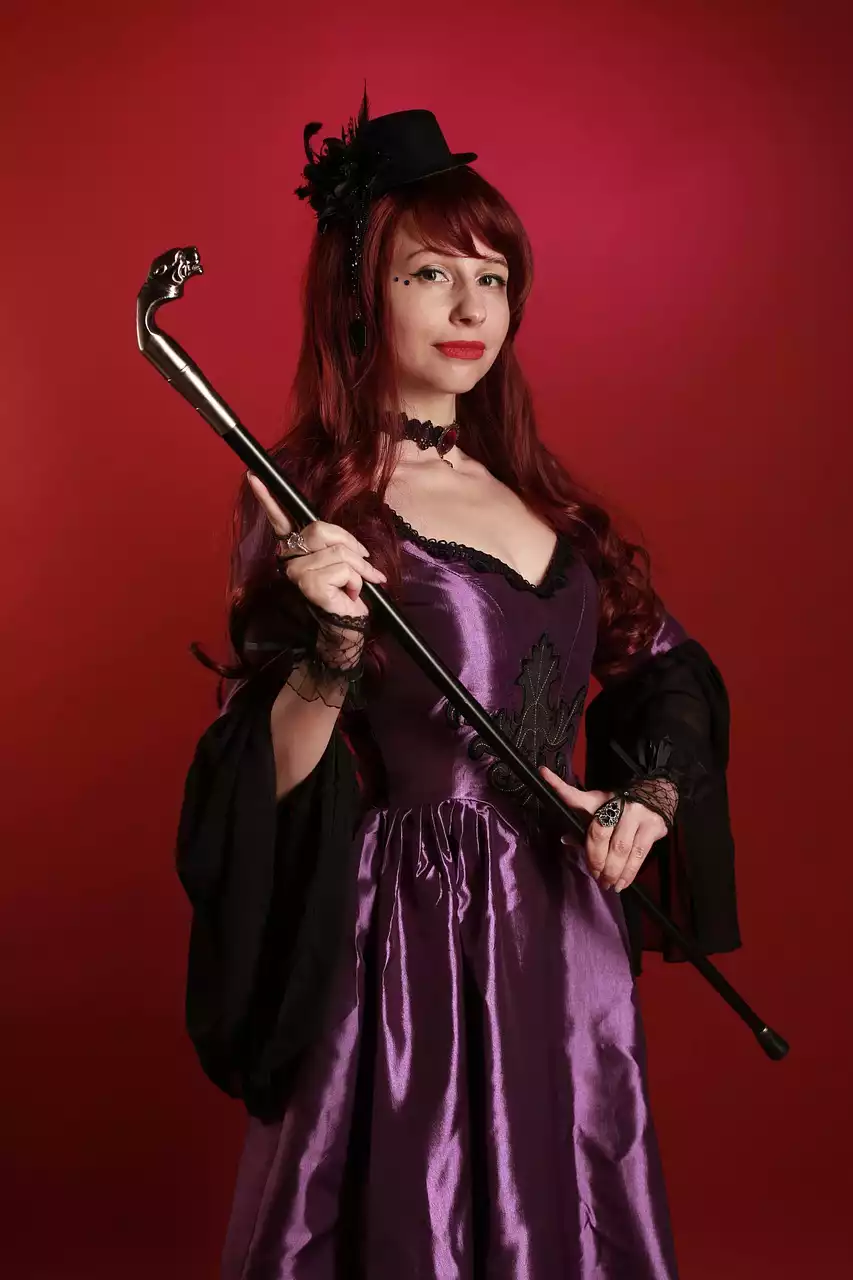The history of British fashion is one that has been filled with as many ups and downs as the country’s landscape. Throughout the centuries, Britain has demonstrated a willingness to experiment with new trends, materials and silhouettes, while also maintaining a sense of classic refinement. This article explores some key moments in British fashion history and their lasting impact on global trends to this day. Readers who want to learn more about the history of British fashion will find this article an excellent resource. Beginning with Anglo-Saxon fashions and ending with post-modern designs, this piece covers all major styles.
Anglo-Saxon Fashion (450-1066)
The arrival of the Anglo-Saxons in the fifth century brought an entirely new wardrobe to Britain. Their traditional dress was simple in design, composed mainly of wool and linen fabrics. Most outfits were either a knee-length tunic or a long gown. The tunic was typically worn with leggings, while the gown was either knee-length or ankle-length. Anglo-Saxon clothing was mostly dyed in a single colour, with some variations for high-status individuals. Nobles and clergymen sometimes wore bright colours and patterns. The most common dyes in this era were blue, red, black and yellow.
Norman Fashion (1066-1100)
The Norman Conquest brought many new fashions to Britain. The Normans were a more cosmopolitan society, with access to new materials and concepts. Many of their garments were made of silk, a luxury fabric that had only recently become available in Europe. The Normans also experimented with new styles of hats, often adding decorative elements such as feathers or jewels. One of the most famous Norman innovations was the shawl. This piece was made with a triangular piece of fabric that was draped over the shoulder, often with decorative fringes at the top. The shawl was typically made in bright colours and was often used to cover the head and face. The Normans brought a variety of new materials to Britain, especially rare and exotic dyes.
Medieval Fashion (1100-1500)
The advent of the medieval period brought the most dramatic change in fashions since the arrival of the Anglo-Saxons. New materials and techniques made the most lavish outfits seen in Britain since the Roman occupation. Many new garments were heavily adorned with elaborate embroidery and jewels. The most famous medieval garment was the tunic, which was worn by both men and women. Women often wore tunics over gowns or kirtles, while men typically wore tunics over leggings. Tunics were made from a variety of materials, including linen, wool, silk and cotton. The gown was the most expensive item of medieval clothing. It was typically ankle-length, but it could be significantly longer for high-status individuals. Gowns were always worn over some kind of undergarment, usually a kirtle.
Renaissance and Reformation (1500-1700)
The Renaissance brought a renewed interest in classical antiquity, and many of the fashions of that time were inspired by ancient Roman clothing. Renaissance garments were typically long and loose, with a flared or flowing hemline. Most of these garments were made from silk or velvet, which were luxuriant fabrics imported from Asia. A notable Renaissance innovation was the codpiece, an ornamental pouch that was attached to the front of Renaissance trousers. This baggy garment was either decorative or an added pocket for storing valuables. The Renaissance also saw a shift in women’s fashion. Women had traditionally worn floor-length gowns, but the Renaissance introduced a new fashion for shorter garments that were worn above the ankle.
Victorian Fashion (1700-1900)
The Victorian period is often remembered for its elaborate and formal fashions. The industrial revolution brought new textiles to Britain, and these materials were used to create elaborate and colorful outfits. Women’s fashion in the Victorian era was in many ways the epitome of formal fashion. Typically, Victorian women wore long gowns made from rich fabrics such as silk or velvet. The gowns were often embellished with ornate embroidery, lace and jewels. Victorian women often wore full-length gloves as an addition to their formal outfits. Victorian men’s fashion was similar to Victorian women’s fashion, though it was less ornamented. Men typically wore long, dark-coloured suits and waistcoats with a formal hat, such as a top hat.
20th Century Fashion (1900-2000)
The 20th century was a time of great change in British fashion. As Britain emerged as a world power, its culture was transformed. The country began to take inspiration from a variety of other cultures, leading to a host of new fashions. In the early 20th century, British fashion began to break away from Victorian formalwear. Men’s fashion became more casual, with the introduction of trousers instead of breeches and the growing popularity of the suit. The most famous piece of 20th-century menswear was the tuxedo, which was popularized for formal occasions such as the opera.
Conclusion
The history of British fashion is rich and varied. From the simple, fringed tunics of the Anglo-Saxons to the opulent gowns of the Victorians, this country has experimented with many different styles over the centuries.


 Country Music on the Horizon: Release Radar & Most Anticipated Albums of 2024
Country Music on the Horizon: Release Radar & Most Anticipated Albums of 2024
 Titanic's Titanic Box Office Returns
Titanic's Titanic Box Office Returns
 Canoeing, Combination Paddles and the Rules
Canoeing, Combination Paddles and the Rules Trends in British Fashion in the 1990s
Trends in British Fashion in the 1990s British Fashion Trends in the 1980s
British Fashion Trends in the 1980s British Fashion Models Past and Present
British Fashion Models Past and Present British Fashion in the 1970s
British Fashion in the 1970s